TRAINING AIRCRAFT
A Piper Seneca II 1976 N 4365X
Piper PA34 Seneca II
| Role | business and personal aircraft[1] |
| Manufacturer | Piper Aircraft |
| Introduced | 1971 |
| Status | In production |
| Unit cost | USD$756,500 (Base price December 2007) |
| Variants | PZL M 20 Mewa |
The Piper PA 34 Seneca is a American twin engined light aircraft, produced by Piper Aircraft since 1971 and still in production in 2008.
The Seneca is primarily used for personal and business flying.
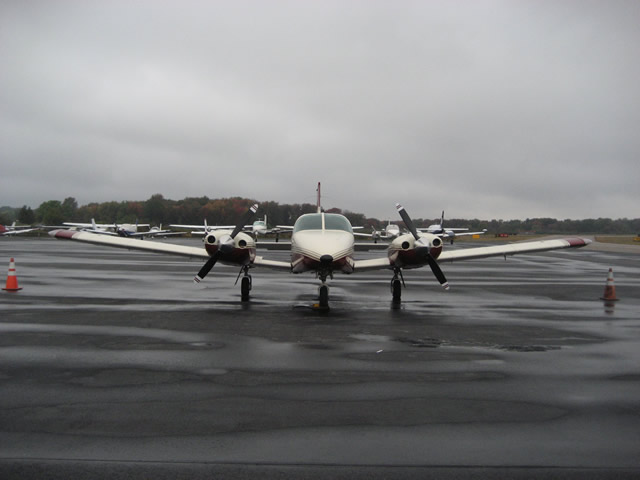
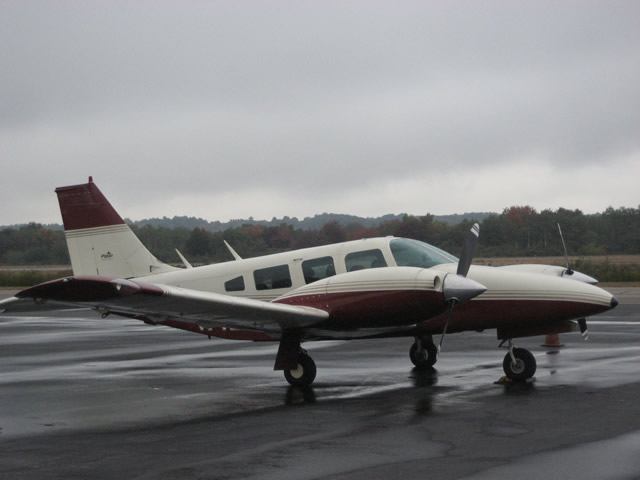
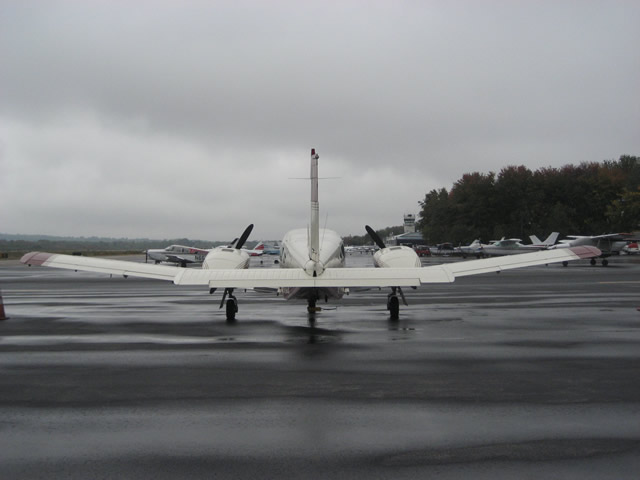
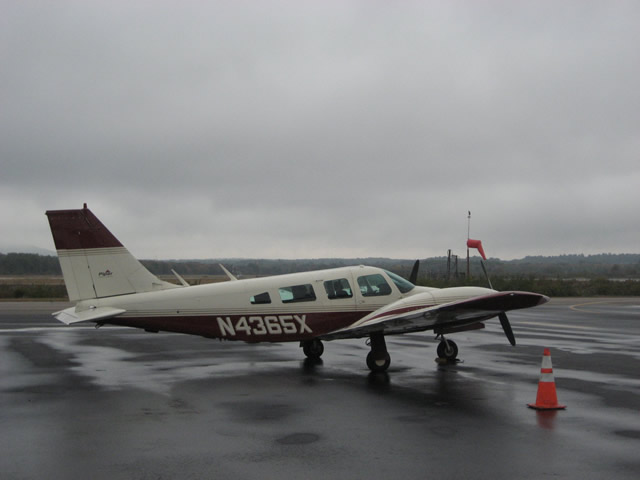
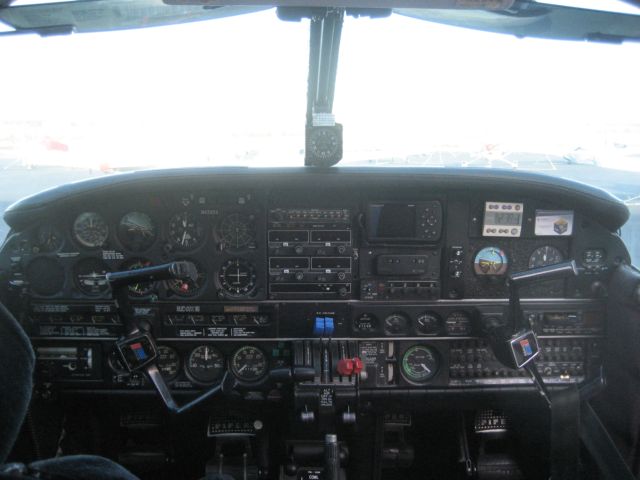
Development
- PA 34 200 Seneca I
- PA 34 200T Seneca II
- PA 34 220T Seneca III
- PA 34 220T Seneca IV
- PA 34 220T Seneca V
PA 34 200 Seneca I
The Seneca was developed as a twin engine version of the Piper Cherokee Six. The prototype was a Cherokee Six that had wing mounted engines installed, retaining its nose engine. The prototype was flown as a tri motor aircraft in the initial stages of the test flying program.
Certified on 7 May 1971 and introduced in late 1971 as a 1972 model, the PA 34 200 Seneca I, is powered by pair of Lycoming IO 360 C1E6 engines. The righthand engine is a Lycoming LIO 360 C1E6 engine variant, the "L" in its designation indicating that the crankshaft turns in the opposite direction, giving the Seneca I counter rotating engines. The counter rotating engines eliminate the critical engine limitations of other light twins and make the aircraft more controllable in the event of a shut down or failure of either engine.[5][3]
The early Seneca Is have a maximum gross weight of 4000 lbs (1814 kg), while later serial numbers allowed a take off weight of 4200 lbs (1905 kg).[5]
PA 34 200T Seneca II
Responding to complaints about the aircraft's handling qualities, Piper introduced the PA 34 200T Seneca II. The aircraft was certified on July 18, 1974 and introduced as a 1975 model.
The new model incorporates changes to the aircraft's control surfaces, including enlarged and balanced ailerons, the addition of a rudder anti servo tab, and a stabilator bobweight.
The "T" in the new model designation reflects a change to turbocharged, six cylinder Continental TSIO 360E or EB engines for improved performance, particularly at higher altitudes. The Seneca II retained the counter rotating engine arrangement of the earlier Seneca I.
The Seneca II also introduced "club seating" whereby the two center row seats face rearwards and the two back seats face forward allowing more legroom in the passenger cabin.
Gross weights are 4570 lbs (2073 kg) for takeoff and 4342 lbs (1969 kg) for landing, with all weight in excess of 4000 lbs required to be fuel.
PA 34 220T Seneca III
In 1981, the PA 34 220T Seneca III was introduced, having completed certification on December 17, 1980.
The change in model designation reflects an engine upgrade. Continental TSIO 360 KB engines were used which produced 220 horsepower (165 kW), although only rated as such for five minutes and then dropping to 200 hp (150 kW).
The horsepower increase, combined with the new engines' limit of 2800rpm (up from 2575rpm), combined for much improved climb and cruise performance. The new aircraft also incorporated a one piece windshield, an metal instrument panel, instead of plastic and some models have electrically actuated flaps.
The aircraft's gross weight was increased to 4750 lbs (2154 kg) for takeoff and 4513 lbs (2046 kg) for landing.
PA 34 220T Seneca IV
In 1994, the "New" Piper Aircraft company introduced the Seneca IV, having achieved certification on November 17, 1993. This model was similar to the Seneca III offering minor improvements, such as a streamlined engine cowl for increased cruise performance. It continued to use the counter rotating Continental TSIO 360 KB engines and gross weights remained unchanged.
PA 34 220T Seneca V
Certified on December 11, 1996, the Seneca V was put into production as a 1998 model year. Again the cowls were redesigned for increased performance, several cockpit switches were relocated from the panel to the headliner and a slightly different engine variant, the Continental TSIO 360 RB was installed.
The Seneca V's gross weights remain the same as the Seneca III and IV at 4750 lbs (2154 kg) for takeoff and 4513 (2046 kg) lbs for landing.